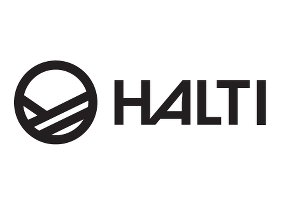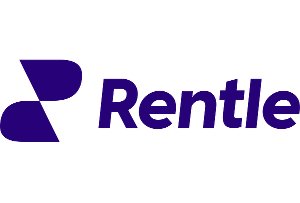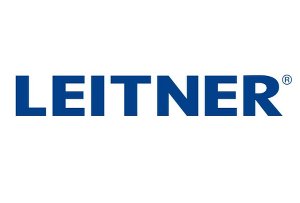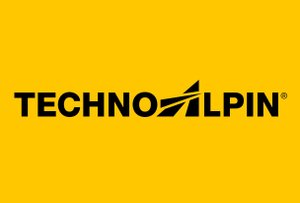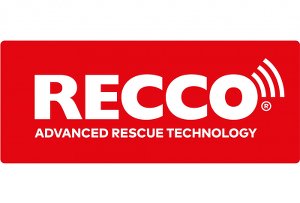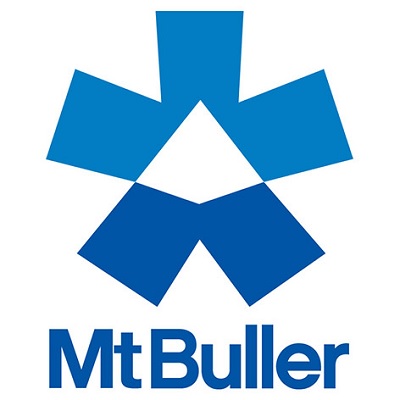ARENA Looks Into The Future With Vision And Strategy
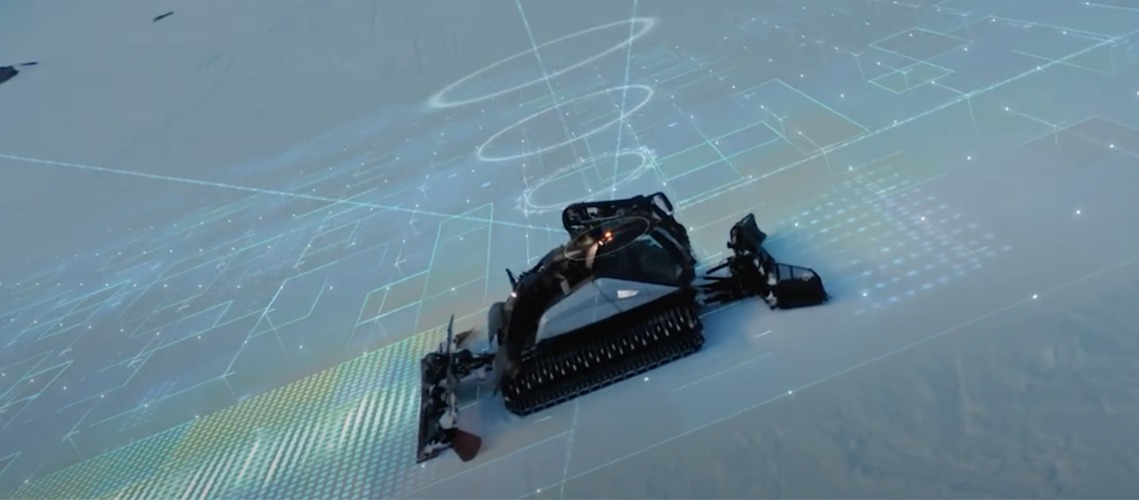
In recent years, changing weather conditions and rising energy prices have taken a significant toll on the winter sports industry. While these developments cannot be reversed, every ski resort has the potential to adapt to the new circumstances. Succeeding in this endeavor requires a fair amount of courage, as well as a critical examination of the processes within the resort's operations.
With modern tools, sustainable use of resources, and efficiency optimizations in all areas, not only can enormous cost savings be achieved without changing the infrastructure or staff structure, but at the same time, snow reliability and slope quality are increased, and the piste team is optimally supported in its daily work.
The right mindset
For a long time, ski resorts were characterized by analog processes. But current developments such as the trend towards digitalization and process optimization are also affecting winter sports. To lead a ski resort into a successful future, it is therefore important to have the right mindset. The earlier you recognize the potential of new developments, technologies, and tools, the better the chances of continued economic success. Modern technologies provide an important basis for objective decisions that ultimately save money. It is important not to view digital tools as competition to analog manpower, but rather as an extension and support for the ski team, enabling them to work even more efficiently.
Data as a source of success
Given current technological developments, it is essential to recognize and utilize the potential of modern data analytics. Over the past 15 years, the possibilities for collecting and analyzing data have changed fundamentally. Virtually every digitally networked device can now capture and provide data. These immense amounts of data can be analyzed, and patterns or trends can be identified and utilized. Thus, information that appears insignificant when viewed individually, when combined with other data sets, becomes an important source of information and an objective basis for decision-making.
Sustainability as a cost factor
Sustainability is often used as an empty marketing phrase. However, sustainability in winter sports is clearly a cost factor that must be considered. Especially in artificial snowmaking, the use of natural resources such as water and electricity also impacts the budget. Especially in times when artificial snowmaking is becoming increasingly necessary, it must be in the interest of every ski area to keep the associated costs as low and as predictable as possible. Last but not least, the sharp rise in energy prices is a valid argument for integrating sustainability into daily operations and thereby optimizing the use of important natural resources.
Efficiency in all areas
Efficiency is a general principle that can and should be applied in all areas of a ski resort. As the saying goes, "a little adds up," small cost savings over the course of a season add up to significant amounts that can ultimately make a difference. Therefore, not only must water and electricity be used prudently, but all operational processes should be scrutinized and optimized where necessary. This ranges from adhering to ideal snowmaking times and monitoring piste grooming machines to the billing rate for rescue operations on the slopes. Almost every one of these processes contains enormous untapped potential for optimization, which can be leveraged by changing procedures.
Technical infrastructure alone is not enough
The latest generation of snow guns or state-of-the-art piste groomers are often seen as a panacea for all problems. While it's true that many of these machines are many times more efficient than their predecessors, this alone won't be enough. On the one hand, state-of-the-art infrastructure is extremely expensive, and on the other hand, even the most efficient infrastructure cannot guarantee snow reliability. The key to a successful future in winter sports lies in the combination of people, technology, and nature. This means that the infrastructure must be operated with a prudent strategy that adapts to natural conditions and can respond to short-term changes. Therefore, before making any new purchases, it is important to consider where existing optimization potential exists and whether this can be tapped through changes in workflows.
Combining strengths
In order to respond to the rapidly changing circumstances in winter sports, effective measures must be implemented. Support from external service providers is also essential in this regard. The expertise of trained specialists is essential, especially when implementing new technologies. This way, strengths are pooled and everyone involved contributes their respective expertise. With this in mind, we at ARENA view our services as helping customers help themselves. For example, our ARENA piste management system is prepared, set up, and calibrated in close collaboration with our customers. By the third season at the latest, ski resorts are then able to use our tools independently. Of course, we are also available afterwards for regular maintenance and special fine-tuning.
Seize opportunities and benefit
The challenges facing the winter sports industry are significant. Meeting them requires an intelligent mix of foresight, efficiency, and openness. Therefore, on the one hand, existing problems should be identified and accepted as early as possible. On the other hand, it is essential to harness and profit from the opportunities offered by modern technologies and process optimization. Only through the meaningful interplay of technology, people, and nature will ski resorts remain economically viable and competitive in the coming decades.
With innovation and vision, ARENA Piste Management supports ski areas in mastering future challenges and remaining attractive and profitable in the long term.
All information about ARENA's range of services can be found here: https://arena.or.at/services


